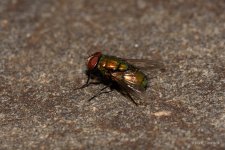LenspirationalPhotography
Senior Member
Hey guys, know i haven't been on in a long time. Been busy with life. Anyways, I have a question about macro lenses. I have a sigma 105 mm lens, it's an amazing lens. But, the depth of field is exceedingly shallow. Like, for instance, If i take a picture of a snail then the lens focuses on either the shell, it's eyes or something in the foreground. I want a lens that focuses on the snail & it's eyes. I primarily do macro photography. I am not sure if I need another lens or if i should just get a nice compact camera to do some of my photography with? If so which camera or lens? I have several illnesses unfortunately & holding my big camera still is pretty tough. Any advice appreciated, thanks so much!

